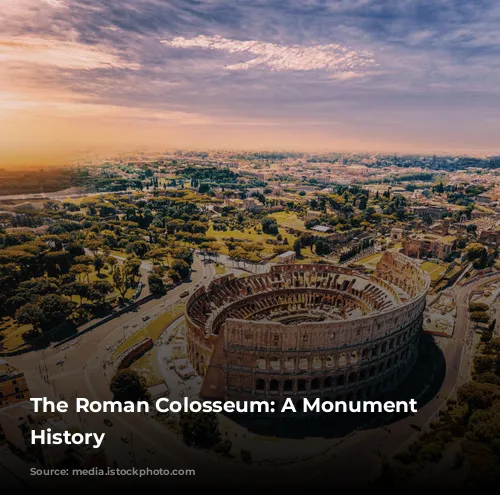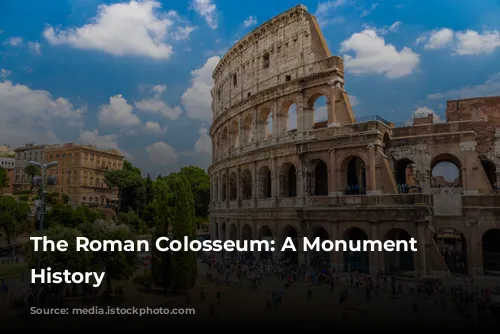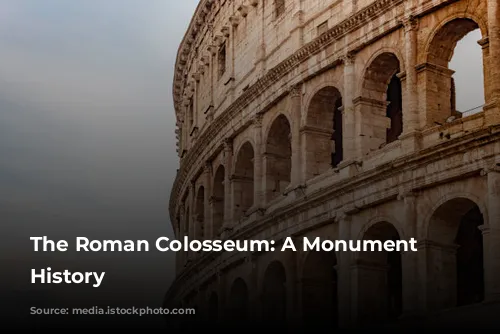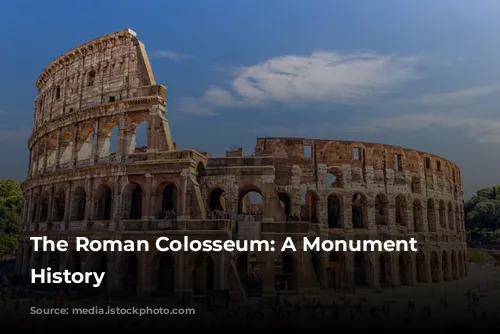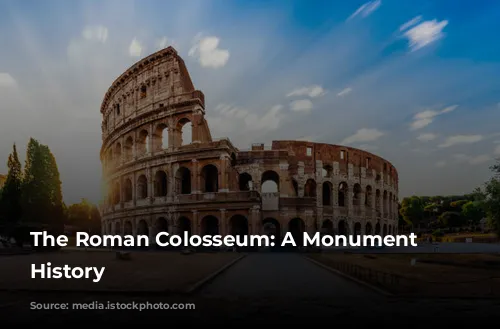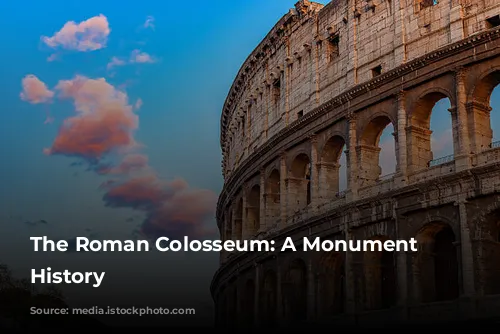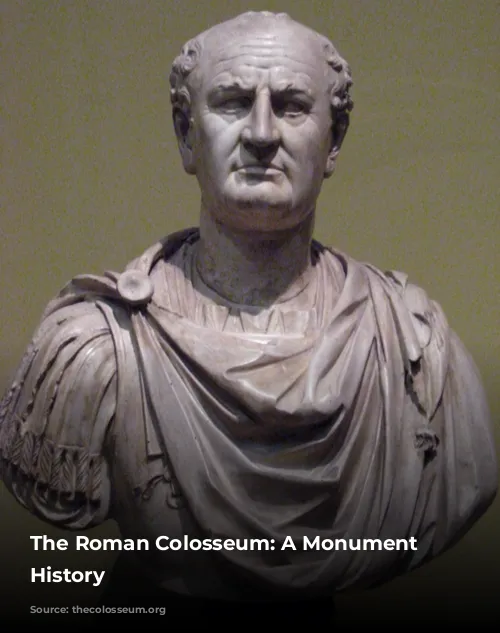The Roman Colosseum stands as a testament to the grandeur of the Roman Empire, a monument that has witnessed centuries of history unfold. Its enduring presence continues to captivate visitors from around the world, offering a glimpse into the lives and struggles of those who lived in ancient Rome.

A Monument of Blood and Glory
The Colosseum was a multipurpose arena, where gladiators clashed in bloody battles, wild animals were hunted in epic spectacles, and prisoners of war faced their ultimate fate. It was a place of entertainment, but also a chilling reminder of the brutal realities of the Roman world. This massive structure was conceived as a spectacle for the masses, a place where ordinary citizens could come together and witness the power of the empire.

From Construction to Completion
Construction of the Colosseum began in 72 AD under the reign of Emperor Vespasian. However, the ambitious project was not completed until 80 AD under the reign of his sons, Titus and Domitian. The construction of the Colosseum involved a massive workforce, estimated to be between 60,000 and 100,000 people, many of whom were Jewish slaves taken captive after the first Jewish-Roman war.
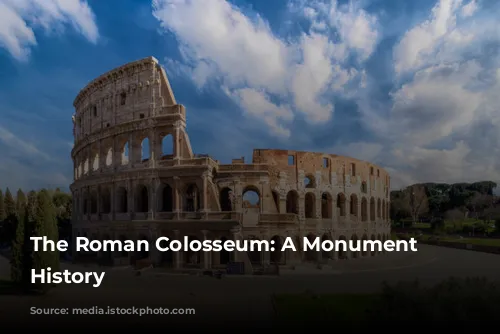
A Name with a Story
The Colosseum was originally known as the Flavian Amphitheater, a name that reflected the ruling dynasty at the time. However, the name “Colosseum” likely emerged from the colossal bronze statue of Emperor Nero that once stood nearby. This imposing statue was modeled after the Colossus of Rhodes, a famous bronze statue of the Greek god Helios.
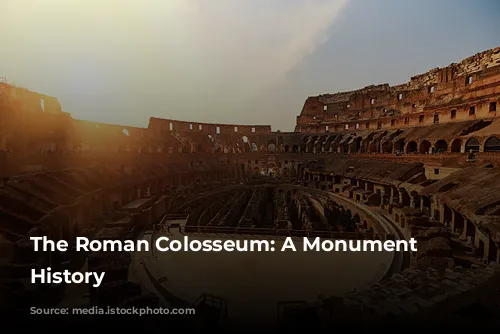
Uncovering the Colosseum’s Secrets
The Colosseum is a testament to the ingenuity of Roman engineering, and it is remarkably well-preserved despite its age. The hypogeum, a network of tunnels and chambers beneath the arena, housed gladiators, animals, and prisoners before their public appearances. The Colosseum’s 80 vertical shafts connected the hypogeum to the arena, allowing for dramatic entrances and special effects during spectacles.
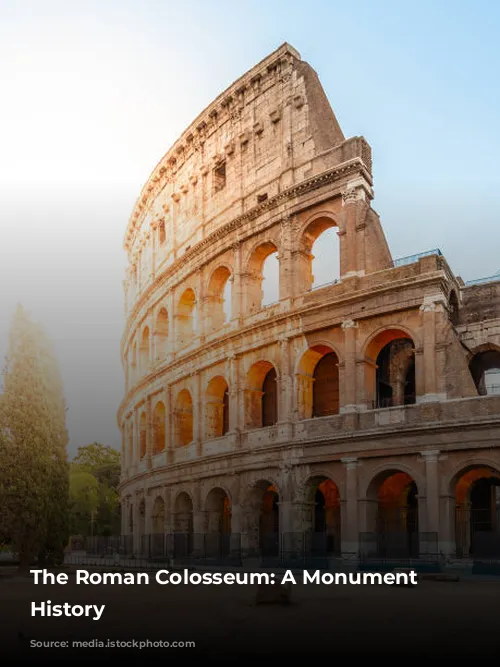
A Glimpse into the Arena’s Spectacles
The Colosseum was capable of seating between 50,000 and 80,000 spectators. The arena itself, a massive space measuring 189 meters long, 156 meters wide, and 48.5 meters tall, was the setting for a variety of spectacles. The most common were gladiator battles, where fighters would engage in duels to the death. Hunts were also popular, involving the release of wild animals into the arena, where they were hunted by trained individuals.

The Colosseum’s Legacy: From Glory to Decay
The Colosseum’s use as a venue for entertainment gradually declined after the 5th century. The cost of maintaining the arena and providing spectacles became unsustainable for the declining Roman Empire. The Colosseum’s once-glorious days of blood and entertainment slowly faded away, leaving behind a monumental testament to a bygone era.
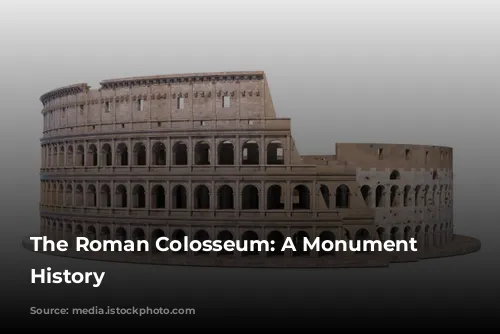
A Modern Wonder: The Colosseum Today
The Colosseum stands today as a reminder of the grandeur and brutality of the Roman Empire. It is a UNESCO World Heritage Site and one of the most popular tourist attractions in the world. Over 7 million visitors flock to the Colosseum each year to witness its grandeur and ponder its past. The Colosseum is a must-see for any visitor to Rome, offering a glimpse into a world both familiar and far removed from our own.
